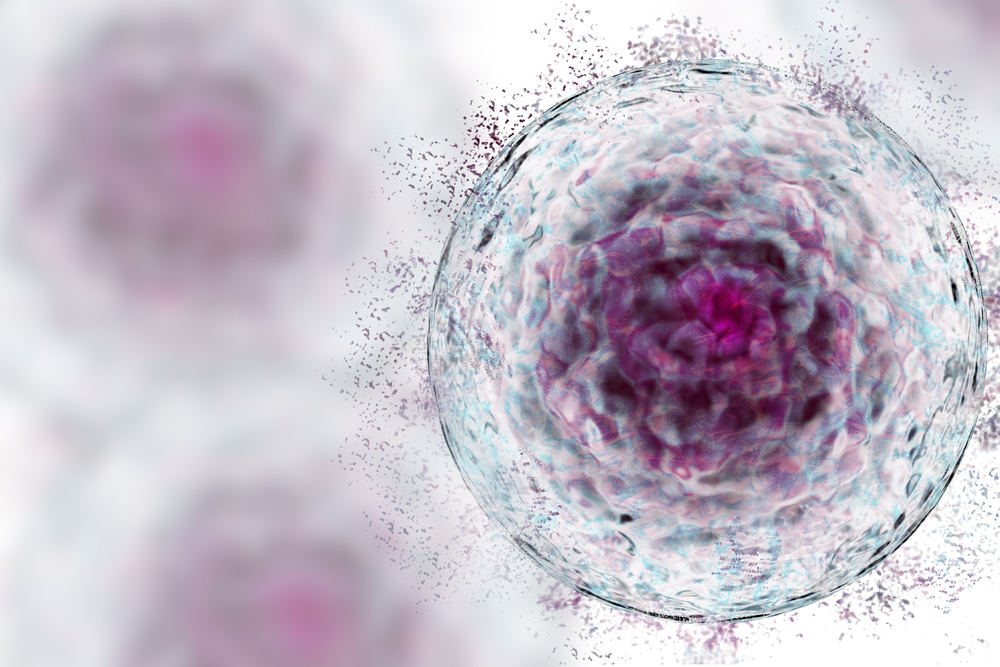How Do Cells Know What To Recycle

Scientists have discovered how a cell identifies the first amino acid that determines the lifetime of a protein.
“There are lots of reasons cells recycle proteins—fasting, which causes loss of muscle, growth, and remodeling during development, and normal turnover as old proteins are replaced to make new ones,” explains Kalle Gehring, of the department of biochemistry at McGill University.
“One way that cells decide which proteins to degrade is the presence of a signal known as an N-degron at the start of the protein.
“By X-ray crystallography, we discovered that the N-degron is recognized by the UBR box, a component of the cells’ recycling system.”
The powerful technique can pinpoint the exact location of atoms and allowed the researchers to capture an image of the UBR box, providing insight to this tiny yet essential part of the human body’s chemical mechanics.
Details are published in the journal Nature Structural & Molecular Biology.
Aside from representing a major advance in the understanding of the life cycle of proteins, the research has important repercussions for Johanson-Blizzard syndrome, a rare disease that causes deformations and mental retardation.
This syndrome is caused by a mutation in the UBR box that causes it to lose an essential zinc atom.
Better understanding of the structure of the UBR box may help develop treatments, Gehring says.
Editor’s Note:
Author: McGill University

McGill
McGill University is one of Canada’s best-known institutions of higher learning and one of the leading universities in the world. With students coming to McGill from over 150 countries, our student body is the most internationally diverse of any research-intensive university in the country.





